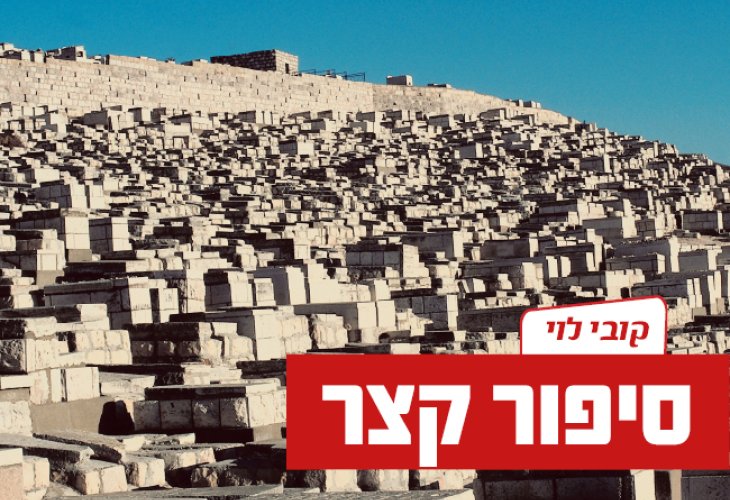History and Archaeology
The Mystery of the Author of Sefer HaChinuch
Sefer HaChinuch shaped Jewish thought and education for centuries — yet the identity of its brilliant author remains unknown
 Sefer HaChinuch | Levi from Barcelona | Rabbi Aharon HaLevi - the Ra'ah
Sefer HaChinuch | Levi from Barcelona | Rabbi Aharon HaLevi - the Ra'ah“I said to myself: how shall I find favor to come and serve before the mighty? I too shall offer my portion and arrange the 613 commandments in order — perhaps the youth will be inspired by them, will delight in them on Sabbaths and festivals, and turn from wandering the city streets, to walk in the light of life. One child will ask another: ‘How many commandments belong to this Sabbath?’—
and thus the earth shall be filled with knowledge and wisdom.”
These are the opening words of the famous Sefer HaChinuch, words that reveal both the humility and the educational vision of its mysterious author — who imagined his book would appeal only to playful boys wandering the streets on Shabbat.
Yet, the author of this monumental work — whose writings inspired dozens of major commentaries and analyses over the centuries, remains unknown to this day. His identity is one of the enduring mysteries of medieval Jewish scholarship.
“The Levite of Barcelona”
What we do know is that the book was written in 13th-century Spain, by a distinguished disciple of Rabbi Moshe ben Nachman (the Ramban).
In his introduction, the author offers only one hint about himself, calling himself “the Levite of Barcelona” (Ish Levi Barceloni).
This cryptic signature led early printers to attribute the book to the renowned Rabbi Aharon ben Yosef HaLevi of Barcelona — and this attribution became widespread for centuries.
Rabbi Aharon HaLevi – The Likely, but Uncertain Candidate
Rabbi Aharon HaLevi of Barcelona, known as the Ra’ah, was born into a rabbinic family in 13th-century Spain. He was a close colleague and fellow student of the Rashba (Rabbi Shlomo ben Aderet), and both studied under Rabbeinu Yonah and the Ramban.
Later, the two taught Torah together in Barcelona and became teachers of the Ritva and other great scholars of their generation.
The Ra’ah wrote numerous works, including commentaries on the Talmud and on the Rif, though only fragments survive. He also authored a critical work called Bedek HaBayit (“The House Inspection”) responding to his friend the Rashba’s halachic treatise Torat HaBayit (“The Law of the House”). The Rashba, in turn, replied sharply in his Mishmeret HaBayit (“The Guarding of the House”), reflecting the deep intellectual debate between two giants who nevertheless held great mutual respect.
Other Theories About the Author
Despite the traditional attribution, there is no solid evidence that the Ra’ah wrote Sefer HaChinuch. In fact, several strong arguments contradict this view.
Some scholars propose that the author was Rabbi Pinchas HaLevi, the Ra’ah’s older brother and teacher. Others suggest it was an anonymous student of the Rashba who had studied in the same circle of the Ramban’s disciples.
Whoever the author was, his words have stood the test of time.
As the saying goes, “The people of Israel, who are prophets and the children of prophets, accept the truth from whoever speaks it.”
Though his name remains hidden, his lips continue to speak wisdom across generations.
The Structure and Greatness of Sefer HaChinuch
Sefer HaChinuch enumerates and explains the 613 commandments of the Torah (Taryag Mitzvot).
He was not the first to do so — earlier works such as the Sefer HaMitzvot HaGadol (Semag), Sefer HaMitzvot HaKatan (Semak), and the Sefer HaMitzvot of Maimonides (Rambam) also compiled the commandments.
However, Sefer HaChinuch stands apart for its clarity, structure, and educational purpose. Following the Rambam’s system, the author goes far beyond simply listing the commandments:
For each mitzvah, he explains:
Where it appears in the Torah and how it is interpreted by the Sages.
How the mitzvah is fulfilled in practice.
The rationale and spiritual meaning behind it.
The specific laws and who is obligated to perform it.
Whether it applies only during the time of the Temple or for all generations.
And the punishment or consequence for transgressing it.
Through this, Sefer HaChinuch became one of the most beloved and influential educational works in Jewish tradition — a guide that connects the intellectual, emotional, and practical aspects of mitzvah observance.

